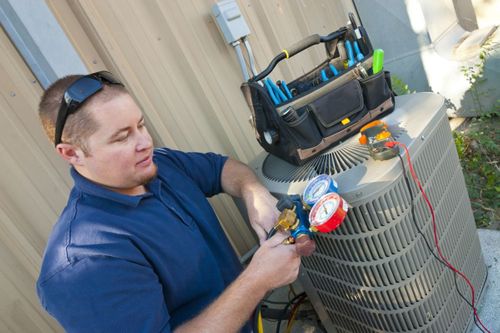Humidity refers to the amount of moisture present in the air. In simple terms, it's the reason why that outdoor heat can feel so stifling – the air is carrying a significant amount of water vapor. But what exactly constitutes high humidity? Generally, humidity levels are measured in terms of a percentage known as "relative humidity" (RH).
What Is Considered High Humidity?
Symptoms of High Humidity in Home
Living in a home with high humidity levels can lead to a range of discomforts and even health issues. Some common symptoms of high humidity indoors include:
Mold Growth: Excessive moisture can create a breeding ground for mold and mildew, which not only damages your home but can also trigger allergies and respiratory problems.
Musty Odors: That distinct musty smell is often a telltale sign of elevated humidity levels.
Difficulty Breathing: High humidity can make the air feel heavy and difficult to breathe, especially for individuals with respiratory conditions.
Sweating Indoors: If you find yourself sweating excessively even when you're indoors, it might be due to high humidity levels.
Warped Wood: Wooden furniture and structures can become damaged as they absorb moisture from the air.
High Humidity in House with AC Running
Believe it or not, even with your trusty AC running, high humidity can still be an issue. While air conditioning systems do help to cool the air, they also play a role in reducing humidity. However, if your AC unit is too small for your space or isn't functioning properly, it might struggle to keep humidity levels in check.

High Humidity in House with AC Running
Believe it or not, even with your trusty AC running, high humidity can still be an issue. While air conditioning systems do help to cool the air, they also play a role in reducing humidity. However, if your AC unit is too small for your space or isn't functioning properly, it might struggle to keep humidity levels in check.

What Is Considered High Humidity Outside?
In the great outdoors, what's considered high humidity can vary depending on the climate and region. In Florida, it's not uncommon to experience outdoor humidity levels well above 70% on a regular basis. These high humidity levels can make outdoor activities feel much more challenging and uncomfortable.

What Percentage Is Considered High Humidity?
Indoors, a relative humidity level above 50% is generally considered high. Ideally, you'd want to maintain a humidity level between 30% and 50% for optimal comfort and health.
What Is Considered High Humidity in a House?
To ensure your home remains a haven of comfort, it's crucial to monitor indoor humidity levels. A relative humidity level between 30% and 50% is recommended for a healthy and comfortable living environment.
What Is Considered High Humidity Indoors?
In the context of indoor living, humidity levels surpassing 60% can lead to the issues mentioned earlier, such as mold growth and musty odors. Keeping indoor humidity in check is especially important in humid climates like Florida.
AC Cooling But High Humidity
You might have experienced a scenario where your AC seems to be keeping the air cool, but the humidity remains high. This can occur if your AC unit isn't effectively removing moisture from the air. Regular maintenance, proper sizing of your AC system, and the use of dehumidifiers can all play a role in ensuring your home remains cool and comfortable, with humidity levels in check.
In conclusion, being a Florida man or woman comes with its fair share of humidity challenges, but with the right knowledge and tools, you can create a comfortable living space even in the midst of high humidity. Keeping your AC unit in excellent condition, using dehumidifiers when needed, and staying vigilant about indoor humidity levels will go a long way in ensuring your home remains a sanctuary of comfort. So, embrace the Florida lifestyle, humidity and all, and make the most of your sunny days while keeping humidity woes at bay!
